What do you do when you’re very passionate about Austrian wines, you want to expand the market for them in North America, but have almost no marketing budget. You do what Toni Silver (pictured above) of Monika Caha Selections did, which is to create cool new brands featuring the most widely-planted white and red grapes grown in Austria and make yourself the face of the brand. The above picture shows Toni Silver in the same pose in which her cartoon likeness appears on the label of the ‘Grooner’ brand of dry white Grüner Veltliner and the ‘Zvy-gelt’ brand of red Zweigelt (my favorite of the pair). These are fun-fun-fun-in-the-USA wines made by a surprisingly serious guy called Meinhard Forstreiter of the eponymous estate in the Kremstal region.
This is all going through my mind, because yesterday I met Toni Silver, Monika Caha, Meinhard Forstreiter and a bunch of other interesting people at New York importer Frederick Wildman’s tasting of Austrian, German and Alsace wines at Restaurant Aquavit on East 55th Street. Back home in Austria Forstreiter is one of the nation’s most underappreciated winemakers, but the three contrasting Grüners he showed today demonstrated that he’s a talented winemaker of the minimalist, hands-off school. My favorite was the 2011 Grüner Veltliner Schiefer (the vineyard name) with its delicate nutty aroma and unusually sleek, fresh flavor profile for this grape. Though the wines were very different in style, the dry whites from Weingut Stadlmann of the Thermenregion were every bit as impressive. Here the most striking wine was the Riesling-like 2010 Zierfandler from the Mandel-Höh vineyard, with its bouquet of jackfruit (really!) and a very discrete yet intense flavor in which dried peach was intertwined with salty (i.e. real) minerality; a great wine with a long life ahead of it. They all have friendly prices, but the Austrian wine bargain of the day was the 2011 Gemischte Satz, or mixed planting (based on 20% Riesling and 20% Scheurebe) from Neumeister in Southeast Styria with its fruit cocktail aromas and very straight, pure, dry style.
LET ME AT ‘EM! Let me taste those 2011 Scharzhofberger Rieslings from Weingut Egon Müller-Scharzhof!! Let me through to those bottles!!! And yes, after a short wait, I did get through the crush around the table Egon Müller’s Rieslings from the Saar and Slovakia shared with those from Weingut Wittmann in Rheinhessen and it was well worth being patient. Anyone who finds most dry Rieslings too lean and acidic is strongly recommended the Egon Müller vinified 2011 Château Béla Riesling from Slovakia with its ripe mirabelle aroma and full, round body. In comparison, the 2011 Scharzhofberger Riesling Kabinett is an Egon Müller masterpiece of floral and white peach delicacy with white wedding filigree; the perfect wine for a sophisticated lady or cosmopolitan man about town. I hope that I qualify!
Let me now nail my flag to the mast, in case you haven’t already figured this out for yourselves. I believe in both the beauty of wine and personal pleasure, the latter following from the fact that beauty is (famously) in the eye of the beholder. These are Old Ideas, but as with all other ideas that keep coming back it’s always possible to give them a new twist. And right now I think that New York Wine City is giving these Old Ideas a radical new twist. That’s why I’m here. Dare I suggest that you…enjoy!


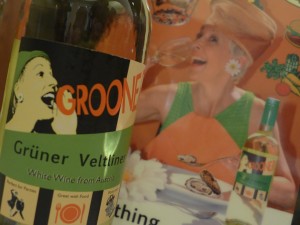

![120114_riesling_global_RZ [1600x1200]](http://www.stuartpigott.de/wp-content/uploads/2013/03/120114_riesling_global_RZ-1600x120016.jpg)
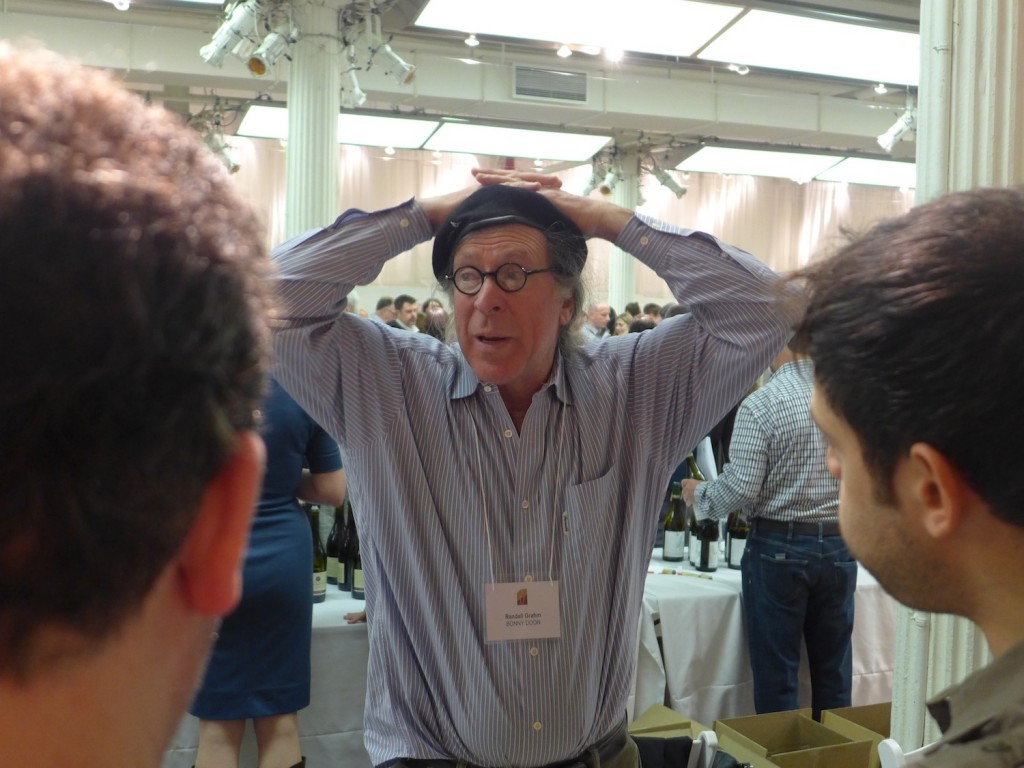
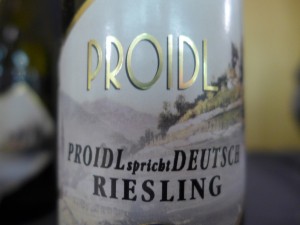
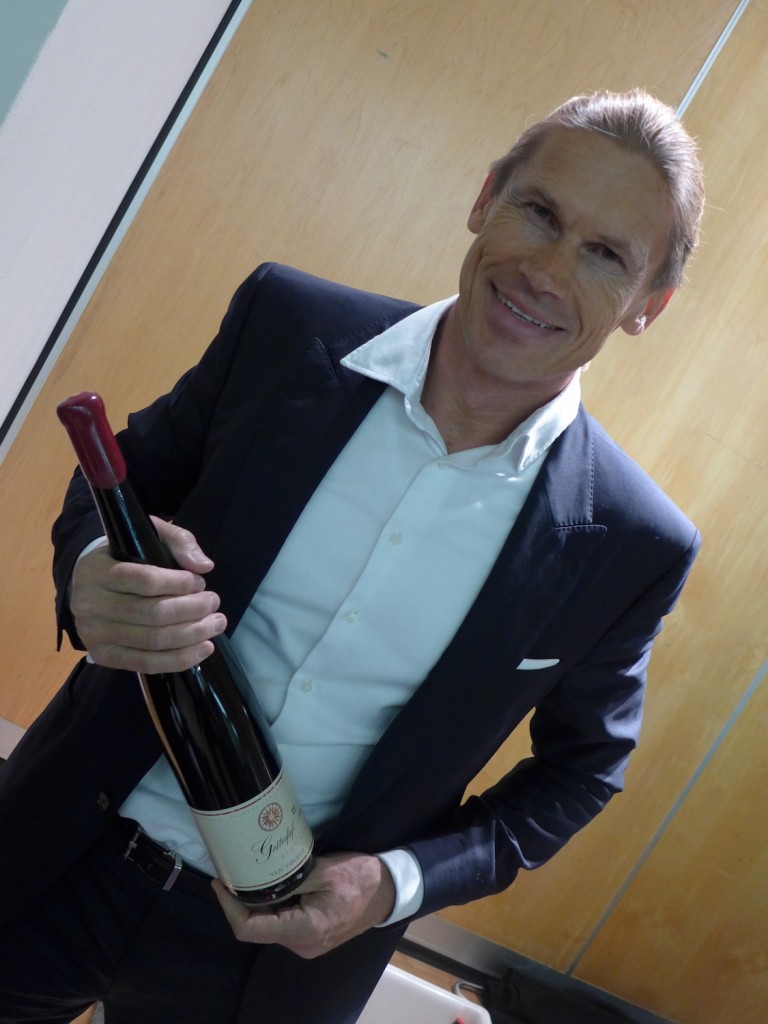
![120114_riesling_global_RZ [1600x1200]](http://www.stuartpigott.de/wp-content/uploads/2013/03/120114_riesling_global_RZ-1600x120015.jpg)
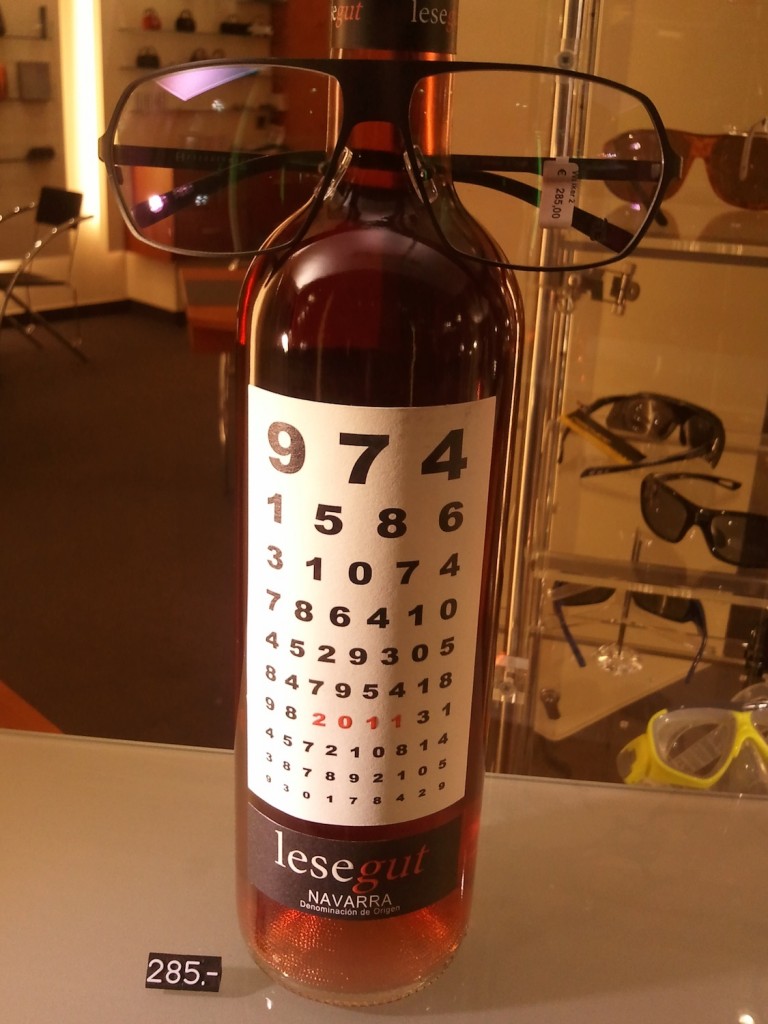
![120114_riesling_global_RZ [1600x1200]](http://www.stuartpigott.de/wp-content/uploads/2013/03/120114_riesling_global_RZ-1600x120014.jpg)
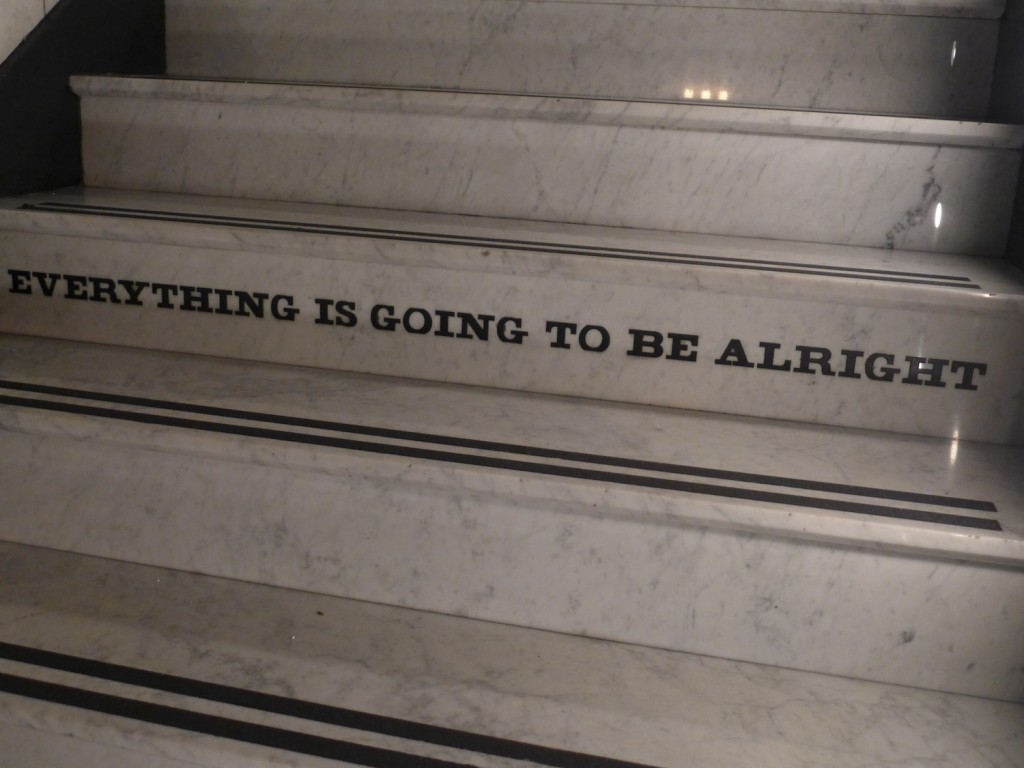
![120114_riesling_global_RZ [1600x1200]](http://www.stuartpigott.de/wp-content/uploads/2013/03/120114_riesling_global_RZ-1600x120011.jpg)
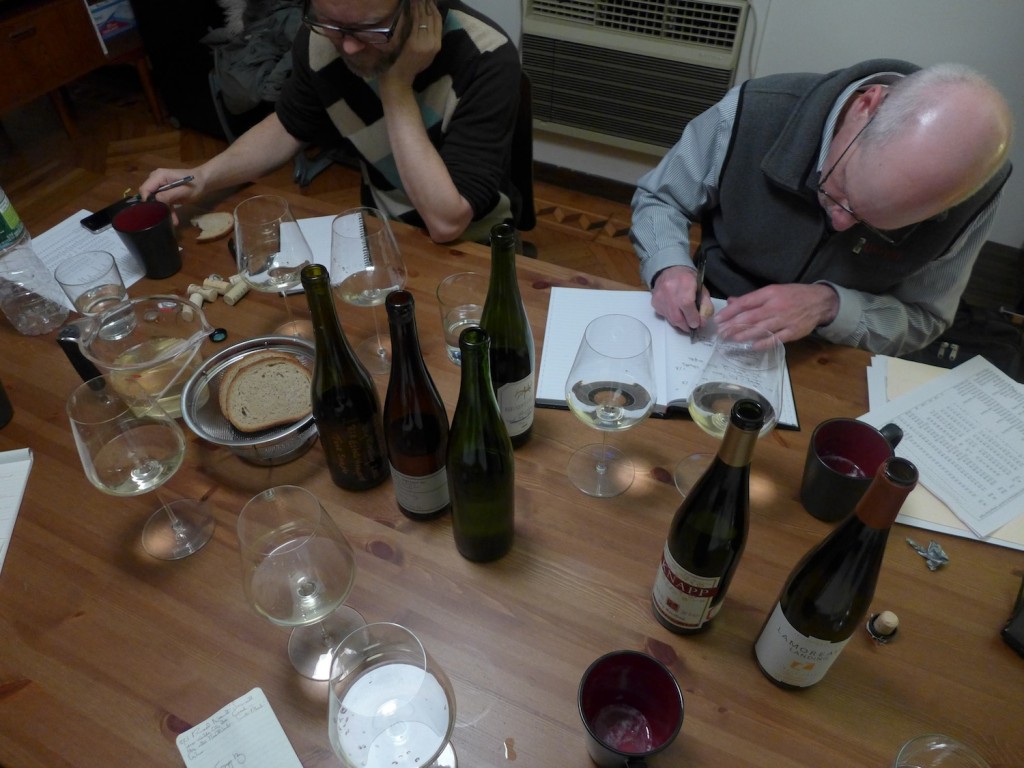

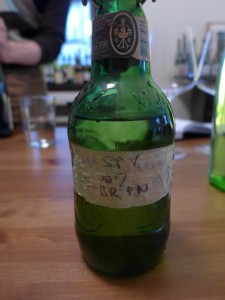
![120114_riesling_global_RZ [1600x1200]](http://www.stuartpigott.de/wp-content/uploads/2013/03/120114_riesling_global_RZ-1600x120010.jpg)
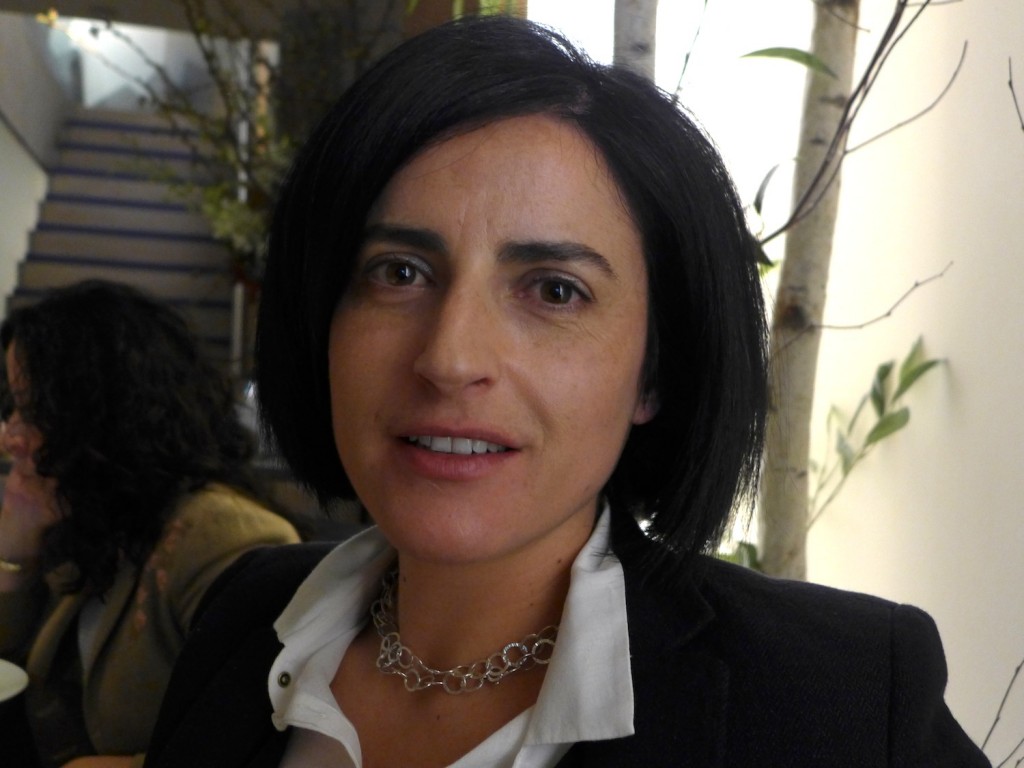
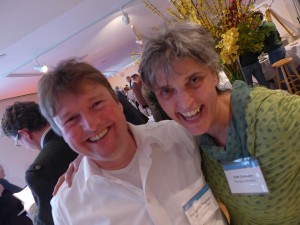
![120114_riesling_global_RZ [1600x1200]](http://www.stuartpigott.de/wp-content/uploads/2013/03/120114_riesling_global_RZ-1600x12006.jpg)
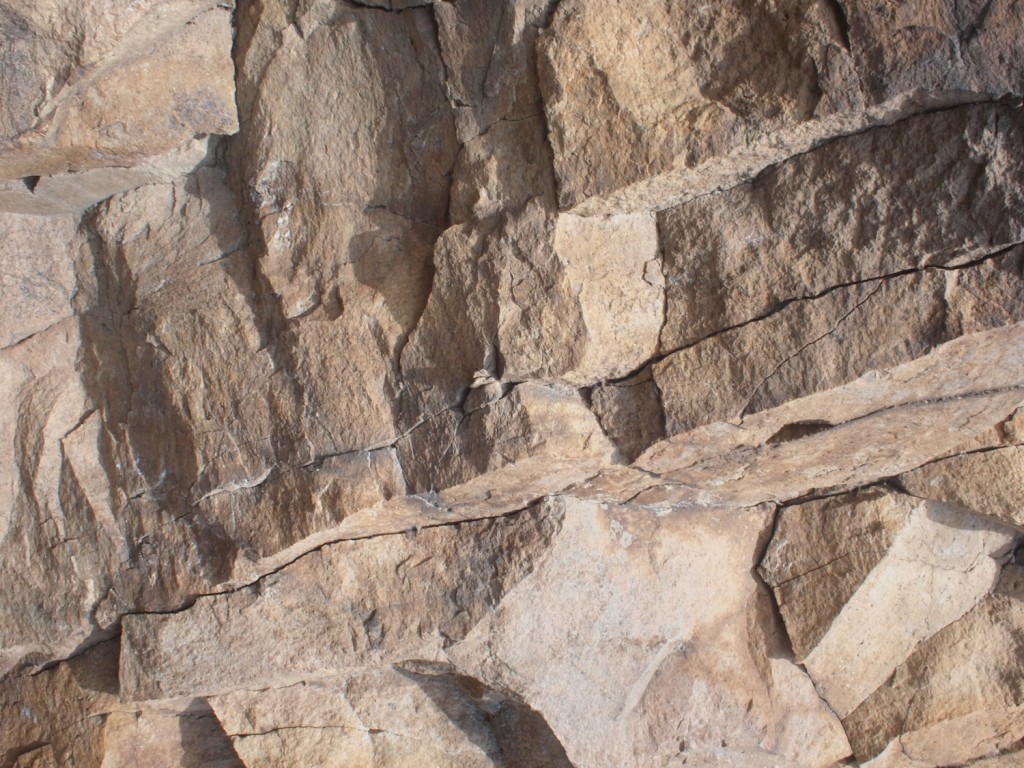
![120114_riesling_global_RZ [1600x1200]](http://www.stuartpigott.de/wp-content/uploads/2013/03/120114_riesling_global_RZ-1600x12005.jpg)
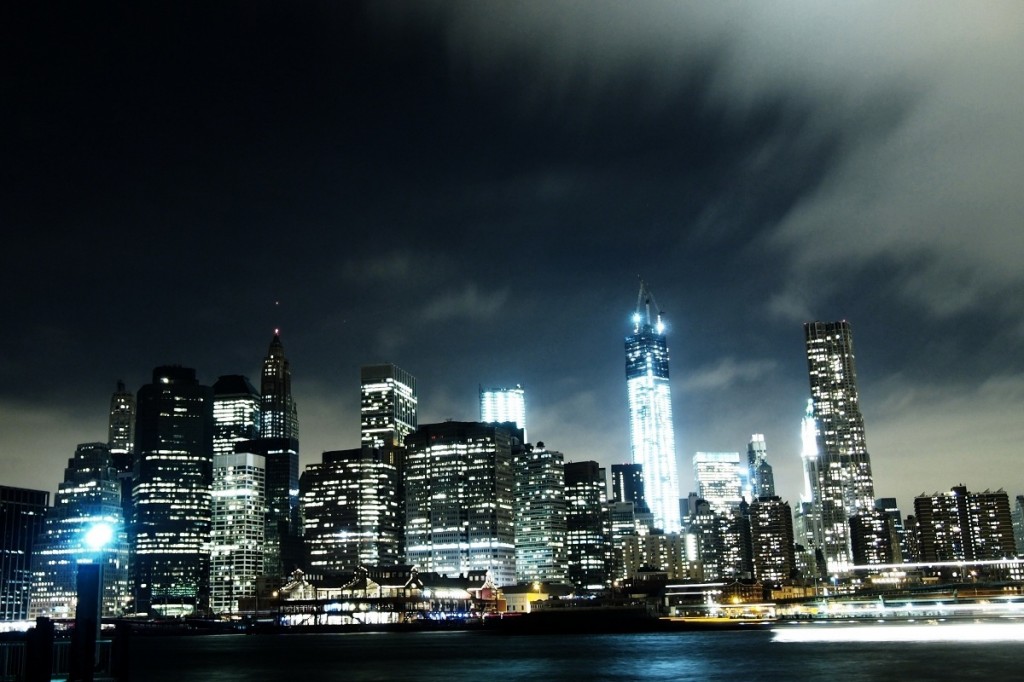
![120114_riesling_global_RZ [1600x1200]](http://www.stuartpigott.de/wp-content/uploads/2013/03/120114_riesling_global_RZ-1600x12004.jpg)


![120114_riesling_global_RZ [1600x1200]](http://www.stuartpigott.de/wp-content/uploads/2013/03/120114_riesling_global_RZ-1600x12002.jpg)
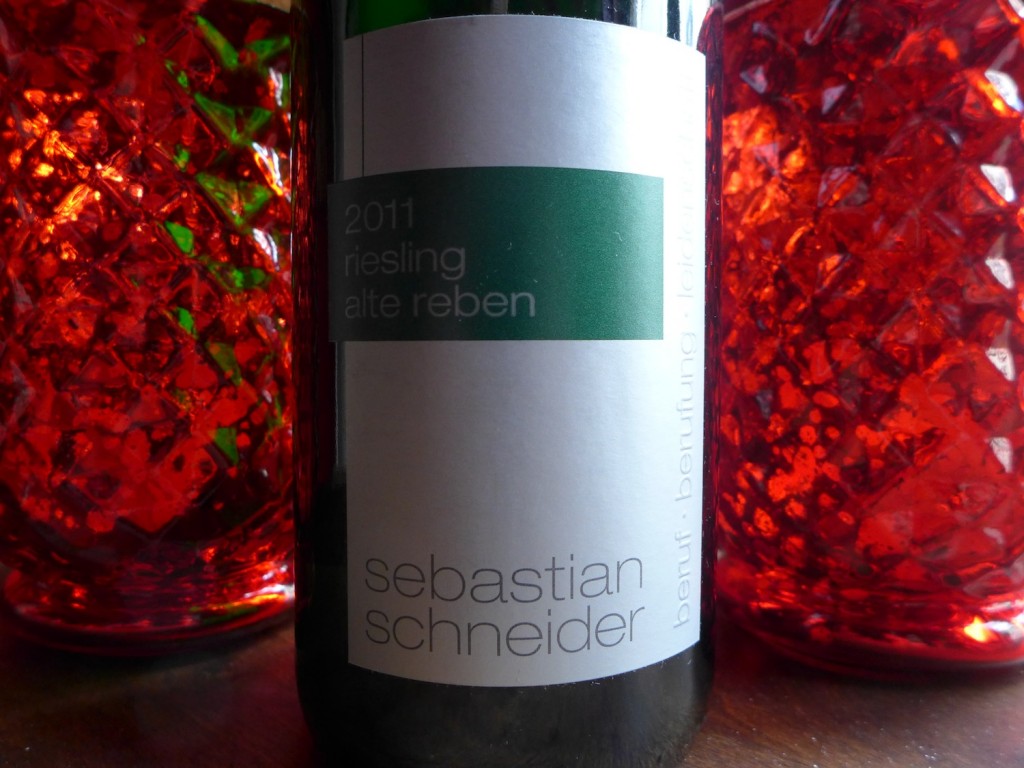
![120114_riesling_global_RZ [1600x1200]](http://www.stuartpigott.de/wp-content/uploads/2013/03/120114_riesling_global_RZ-1600x12001.jpg)